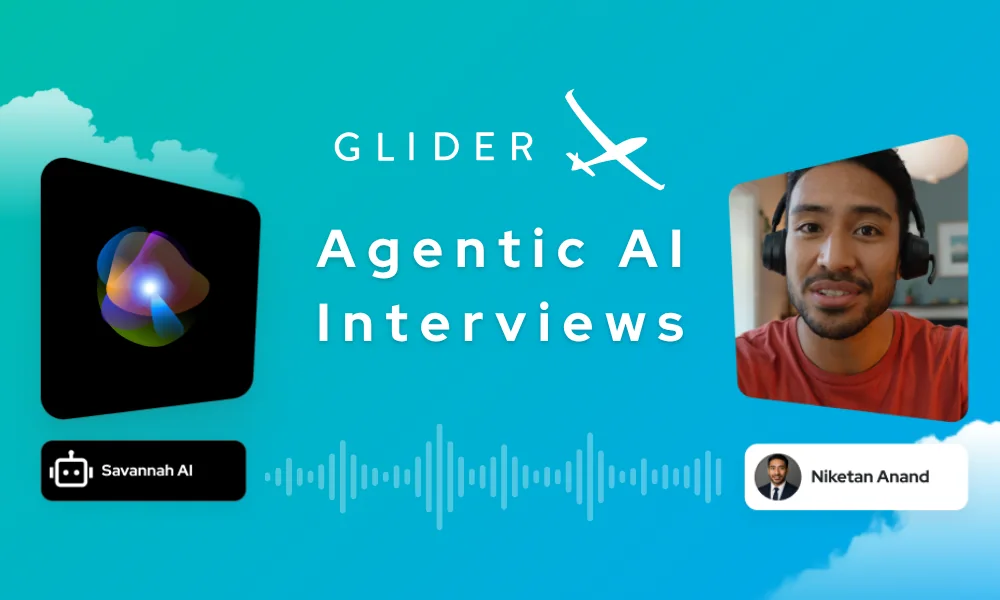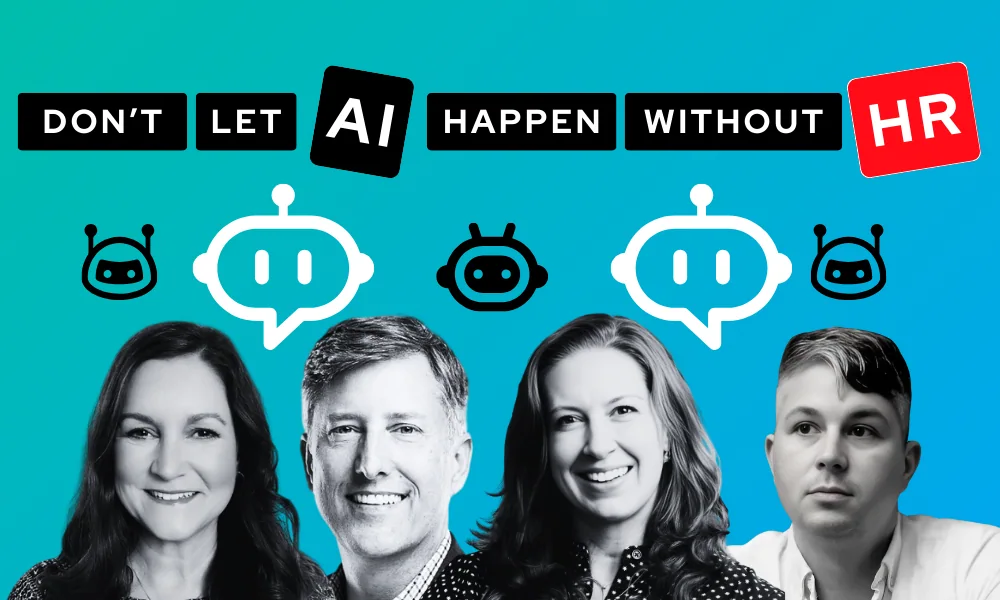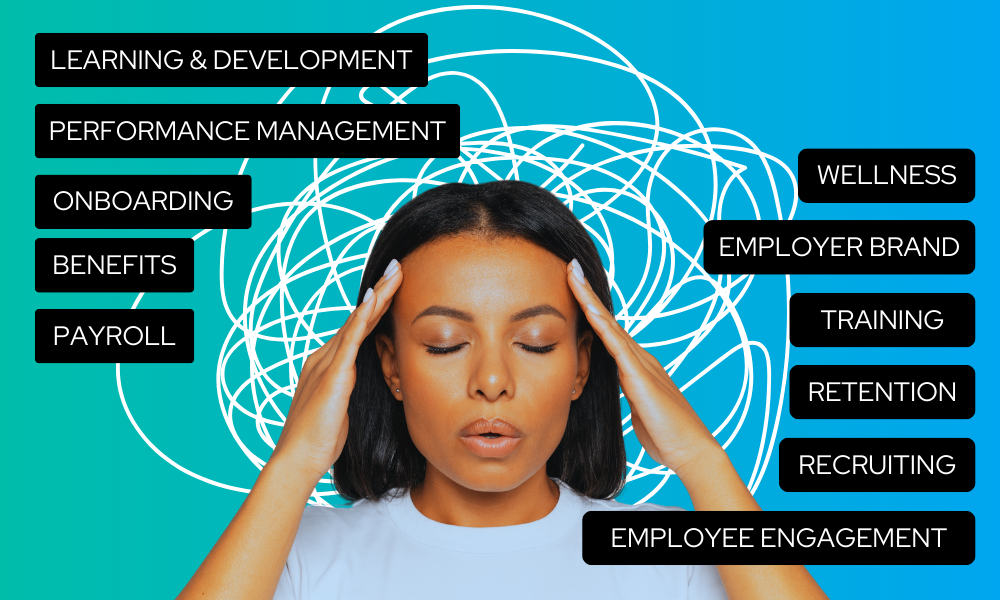The job market is undergoing a paradigm shift that prioritizes diversity and inclusion in recruitment strategies. This change reflects a growing desire for more equitable workplaces.
AI diversity recruiting can expedite this transformation by helping companies mitigate unconscious biases in job descriptions, resume screening, and candidate evaluations.
Companies can create a hiring process incorporating various perspectives and experiences by combining AI and human judgment.
Diversity vs. inclusion
Although people often use diversity and inclusion interchangeably, they’re distinct concepts. Understanding this difference is essential for effective workplace implementation.
- Diversity refers to the variety of differences within a setting, including age, cultural background, physical abilities, religion, gender, and sexual orientation, among others. It encompasses all attributes that distinguish individuals.
- In contrast, inclusion focuses on practices and cultures that allow diverse individuals to feel valued, respected, and capable of fully contributing to an organization’s success.
While diversity looks at workforce composition, inclusion is about creating an environment that supports everyone’s participation.
Diversity hiring, and inclusion are two sides of the same coin. Having a diverse workforce (a variety of people) is essential, but with an inclusive culture (where everyone feels valued), companies will reap the full benefits.
The significance of diverse talent
Diverse talent pools are crucial for organizational success for several reasons:
- Better financial performance – Studies by McKinsey and Harvard Business Review show a clear link between diversity and inclusion in hiring and financial results.
Companies with top rankings in racial/ethnic and gender diversity see higher financial returns compared to industry medians.
- Boost in innovation and agility – Diverse teams also bring many experiences and perspectives needed to foster creativity and innovation.
Research by Deloitte highlights that inclusive cultures are more likely to be innovative, tackle problems from multiple angles, and develop better solutions.
Inclusive environments also create constant streams of innovation because employees feel empowered to share ideas and find support for them.
- Better talent attraction and retention – Companies that invest in diversity and inclusion in recruitment attract a more comprehensive range of qualified candidates.
Furthermore, employees who feel valued and respected for their unique qualities stay with the company longer because they will likely be happy and engaged.
- Increased performance and productivity – Research by the Society for Human Resources indicates that generational diversity — with teams comprising both younger and older workers — leads to improved performance and productivity.
Both age groups benefit from leveraging each other’s strengths and experiences.
How AI Enhances Diversity Recruiting
An AI-driven talent acquisition system embeds DEI in recruiting activities to create fairer and more equitable hiring across the entire funnel.
By focusing on candidates’ skills and capabilities, such platforms ensure hiring decisions are based on solid, unbiased data.
- AI can actively remove personally identifiable information during the recruitment process. It can mask a candidate’s appearance and voice during assessments and interviews to drastically reduce the influence of unconscious biases.
By evaluating candidates solely on their responses and skills, HR teams can implement merit-based assessments that align perfectly with DE&I recruiting objectives.
- AI can guarantee that all questions in interviews and assessments are fair, standardized, and bias-free. With this uniformity, every candidate faces the same criteria, making the recruitment process much fairer.
The system can then shortlist candidates based on their performance and fit using AI tools that sift through responses to pinpoint the most suitable applicants.
Such a structured approach directly supports diversity in recruitment—from the initial screening to the final hiring stages.
- AI-led conversations across SMS, WhatsApp, and social media can speed up prequalification. Science-based AI-powered skill tests can also accurately gauge a candidate’s expertise and fit.
Interviews (whether through live coding, virtual one-on-one, or asynchronous video formats) are designed to be inclusive and accessible.
- Beyond hiring, some of the best platforms offer comprehensive DE&I analysis. This includes detailed insights into diversity metrics like age, race, sex, and more throughout the hiring cycle.
The best systems also allow organizations to review departmental diversity and measure DE&I retention rates to assess the impact of their inclusion efforts.
Leveraging AI for sourcing
AI enhances talent sourcing by ignoring demographic information, which can cause bias in different ways.
- First, there’s unconscious bias. Recruiters (even with the best intentions) can hold unintended judgments and learned assumptions about specific demographic groups.
For example, a name that sounds stereotypically male might be subconsciously favored for a leadership role. In contrast, AI relies solely on resumes without names or other identifiers to reduce this bias.
- Stereotypes and assumptions can also be a factor. Resumes with locations from prestigious universities or companies might be prioritized even if the skills aren’t the best fit.
AI can be programmed to assess skills objectively regardless of where someone went to school or their previous employer.
- Bias can also result from incomplete demographic information. Resumes might only partially showcase a candidate’s potential, especially if they come from a nontraditional background.
AI can be programmed to consider broader data points (like a candidate’s online portfolio or project history) to get a more complete picture.
AI-enabled Screening
AI-enabled screening creates a more objective evaluation process focused on qualifications. All candidates go through the same initial screening process with consistent criteria.
This eliminates the possibility of unintended judgments based on factors unrelated to the job —such as accents or clothing choices — which can creep in during human screening.
AI also analyzes resumes and online profiles for skills and experience mentioned in the job description without considering factors like names, genders, or ages.
By evaluating candidates based on quantifiable skills and achievements extracted from resumes and online data, AI can even rank them based on their fit for the role. This helps qualified individuals stand out regardless of their background.
Conclusion
AI makes implementing diversity and inclusion recruitment easier by equipping companies with the necessary tools to reduce bias and foster equality throughout the hiring journey.
Glider’s approach to AI-powered talent acquisition serves as a blueprint for incorporating DE&I into every recruitment step, ensuring a focus on skills and performance. Try it today.



